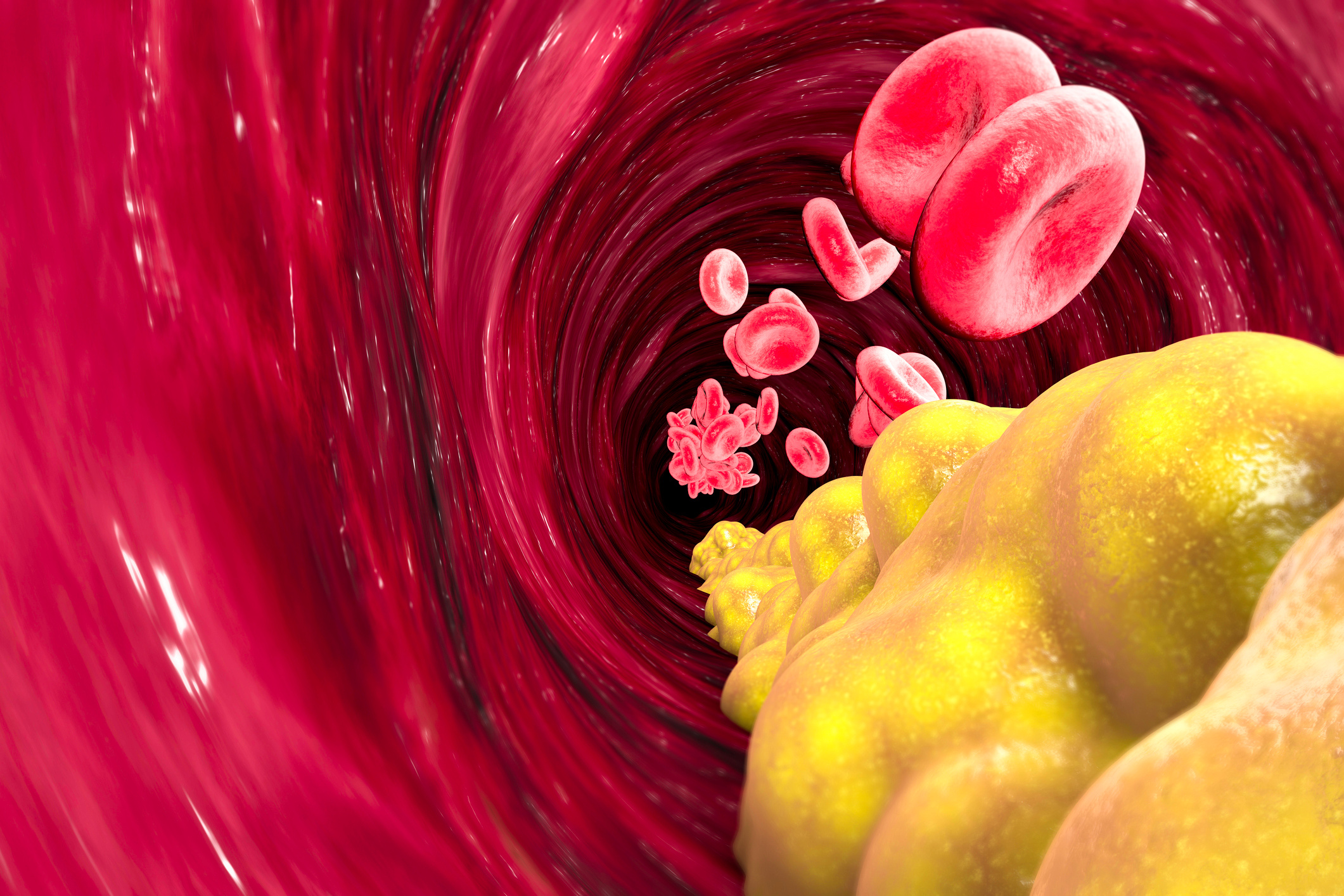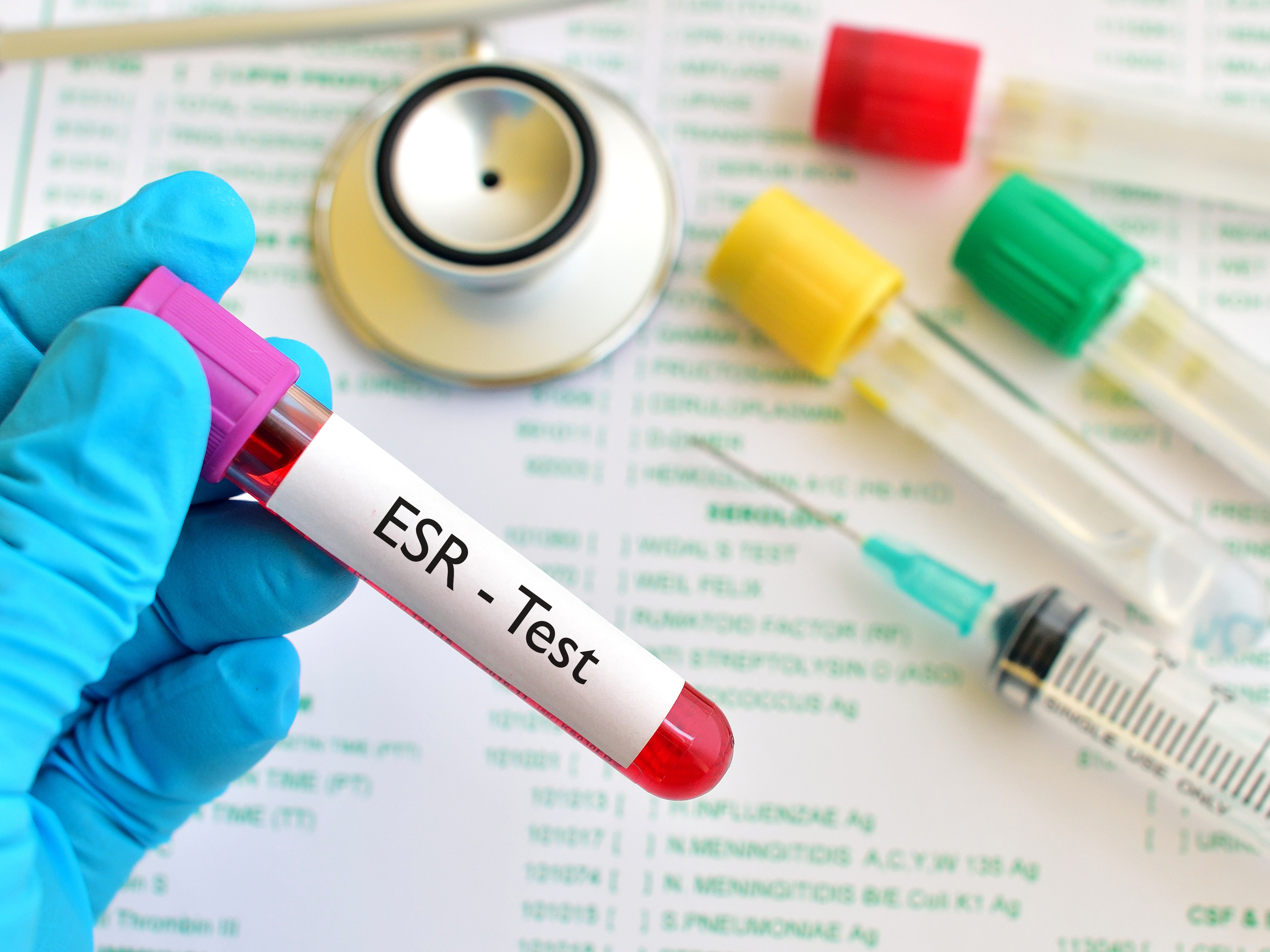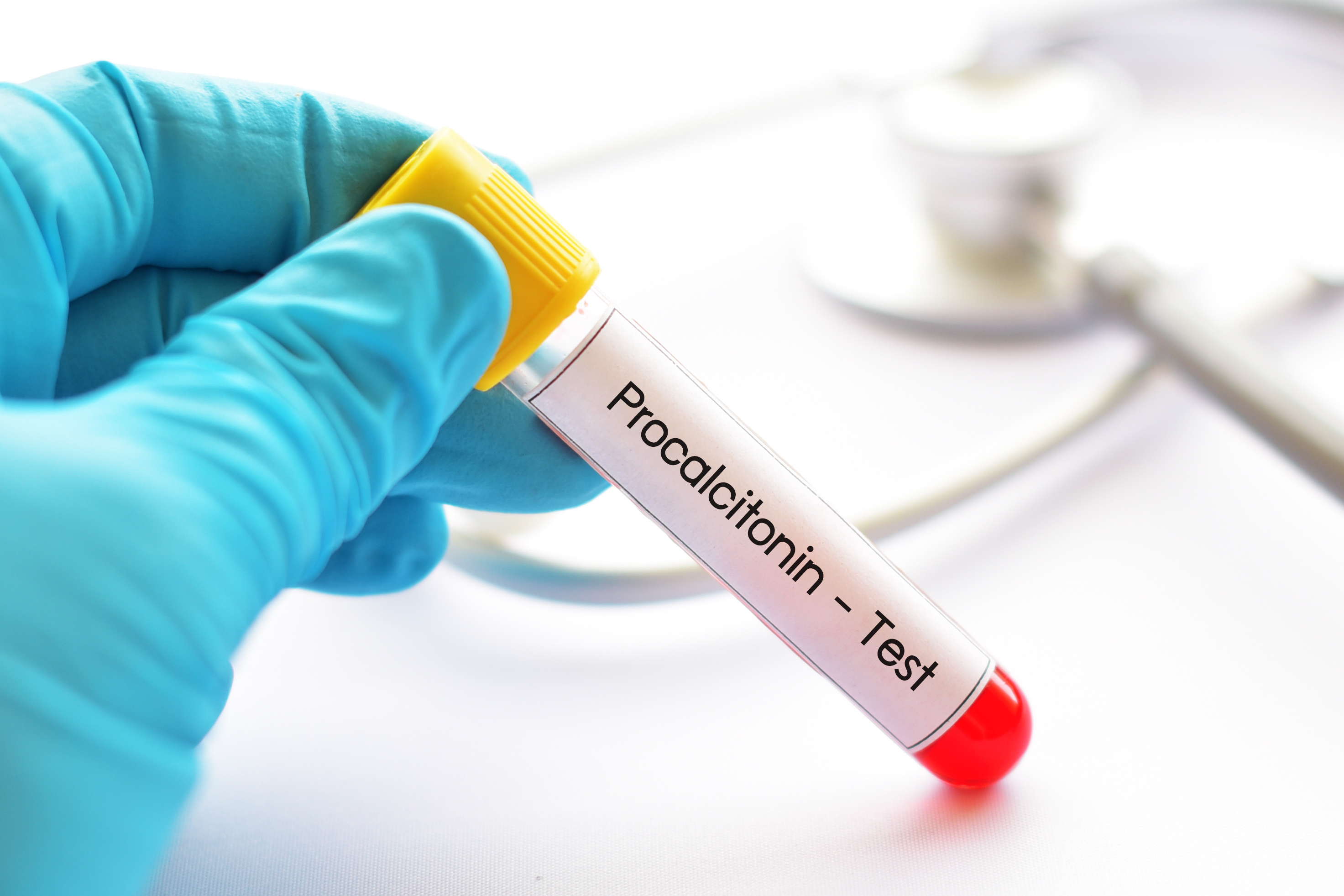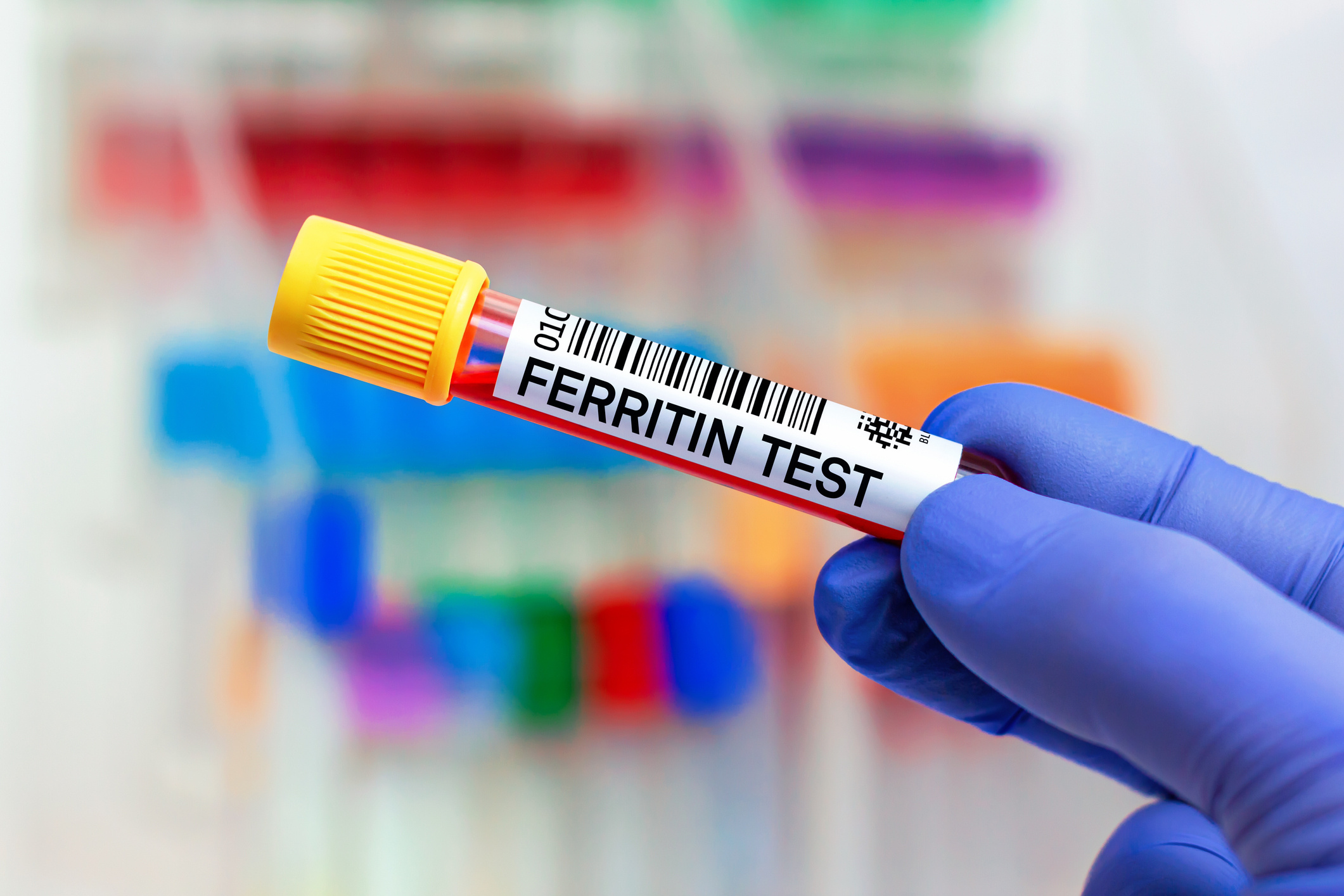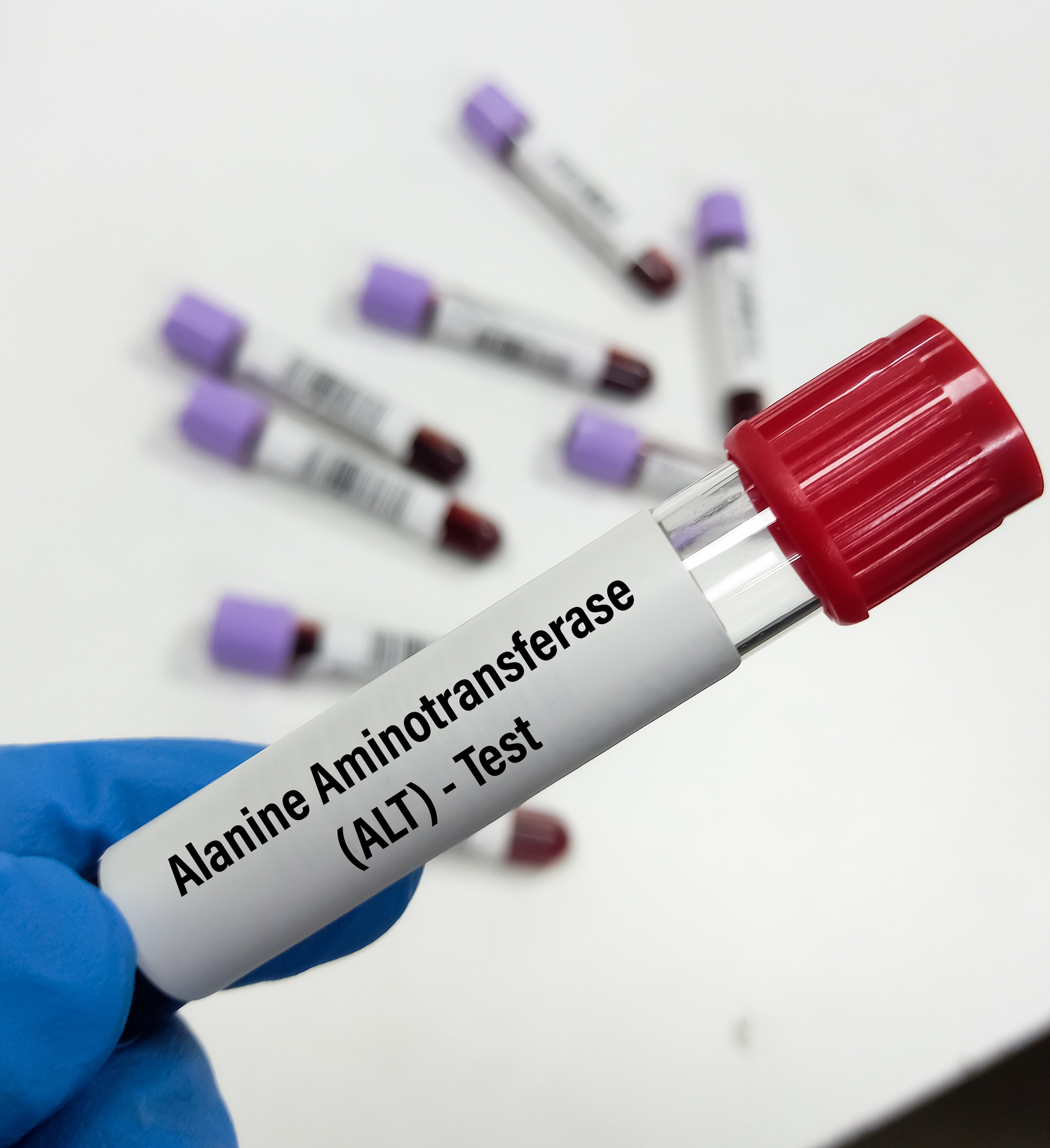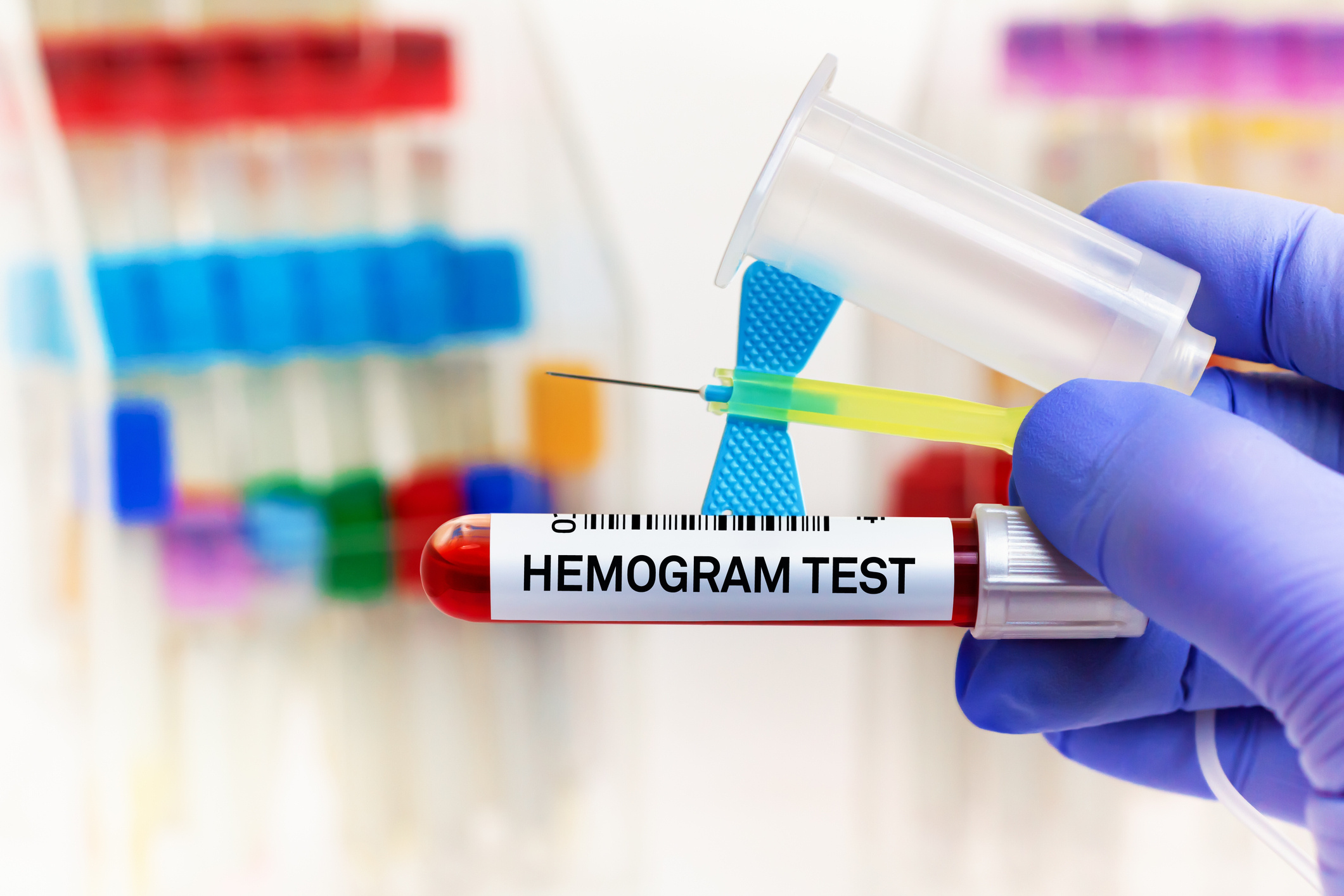Gebze

MD.
Gülcan Baloğlu
She has been working as a clinical biochemistry specialist at Anadolu Medical Center since 2005
Speciality
- Molecular diagnostic methods
- Quality management and accreditation
- Laboratory management
Education
-
University
-
Anadolu University Medical School, Eskişehir 1988
-
Anadolu University Business School, Health Institution Management, Eskişehir 2015
Institutions Worked At
Gülcan Baloğlu, MD, graduated from Anadolu University Medical School in 1988. She completed her specialty education in the Department of Biochemistry and Clinical Biochemistry at Istanbul University, Cerrahpaşa Medical School between 1990 and 1994. Before that, she served as biochemistry and clinical biochemistry specialist at Düzen Laboratuarlar Grubu and Dr. Lütfi Kırdar Training and Research Hospital. Baloğlu, MD, has been working as a clinical biochemistry specialist at Anadolu Medical Center since 2005.
- Turkish Biochemistry Society
- Turkish Clinical Biochemistry Society
- Clinical Biochemistry Society
- Molecular Pathology Applied Basic Training Program
- The Invisible Aspect of PCR from the Perspective of Laboratory Staff
- Evaluation and Interpretation of Interferences
Featured Cancer Articles
- 6 Nutrition Tips for Those Who Fast
- What is Disease X (Virus X)?
- How Does Cancer Form?
- What is an Ovarian Cyst?
- What is Cervical Cancer?
- What Are the Symptoms and Treatment Methods of Testicular Cancer?
- Symptoms, Diagnosis, and Treatment Process of Bladder Cancer
- Liver Cancer
- What is Stomach Cancer? What are Its Symptoms and Treatment?
- Thyroid: What is it, Symptoms, Diagnosis, and Treatment



